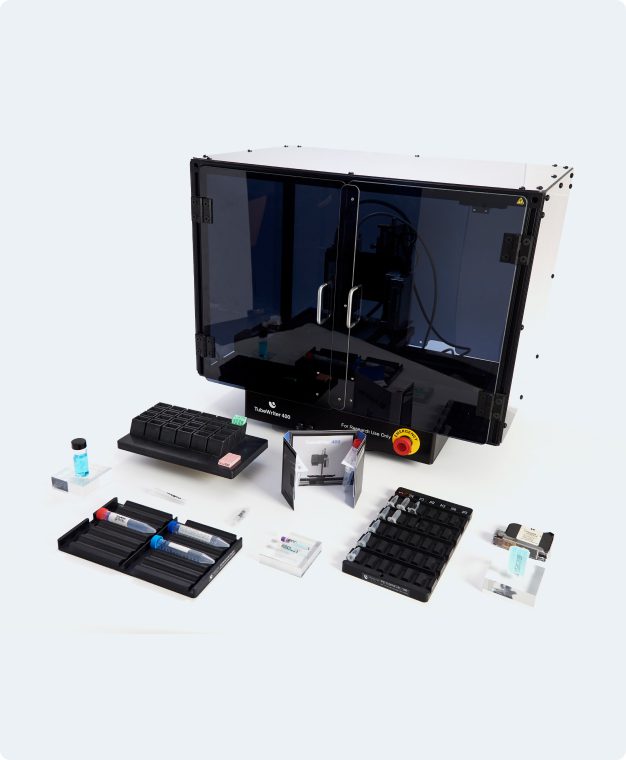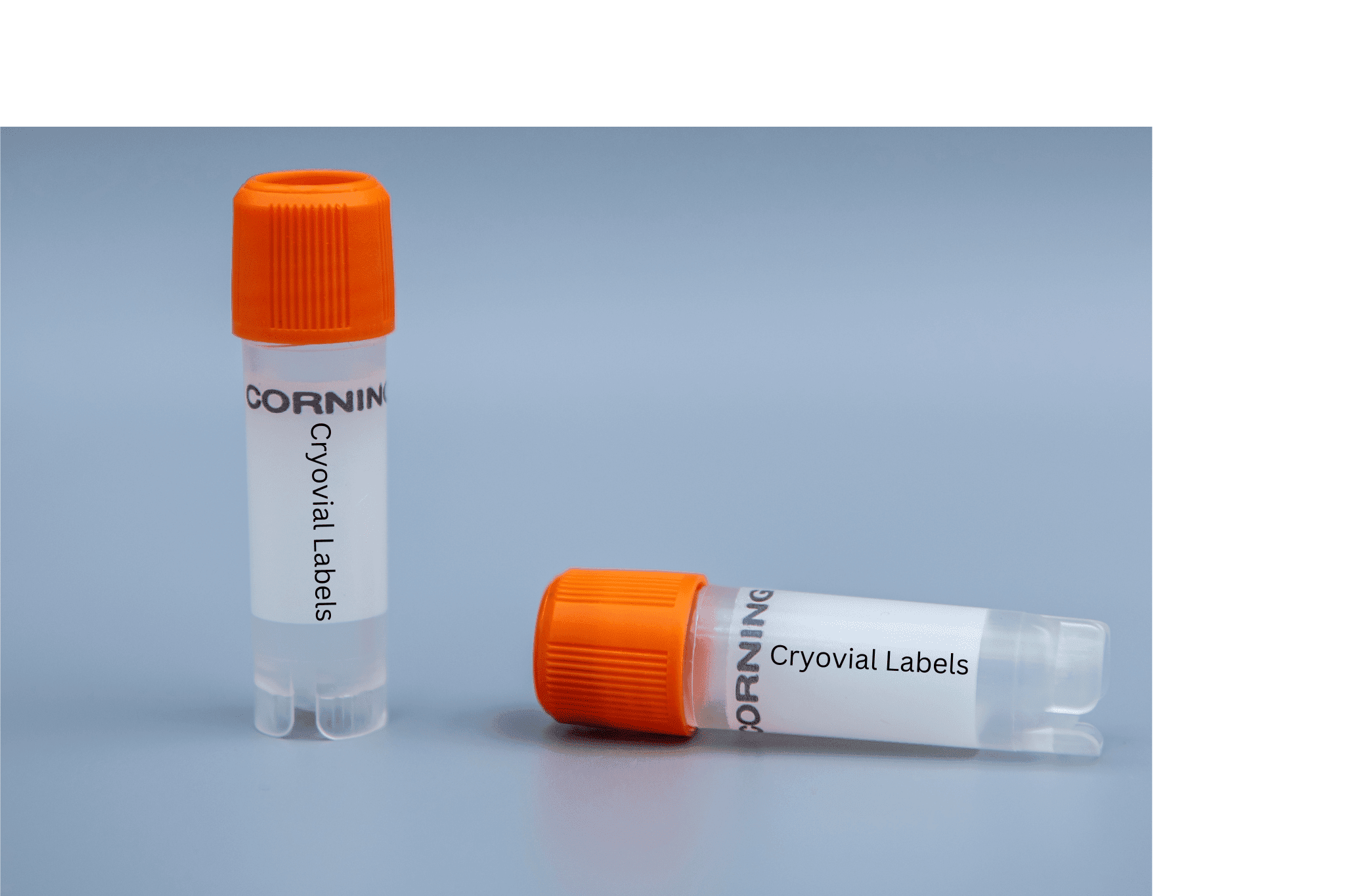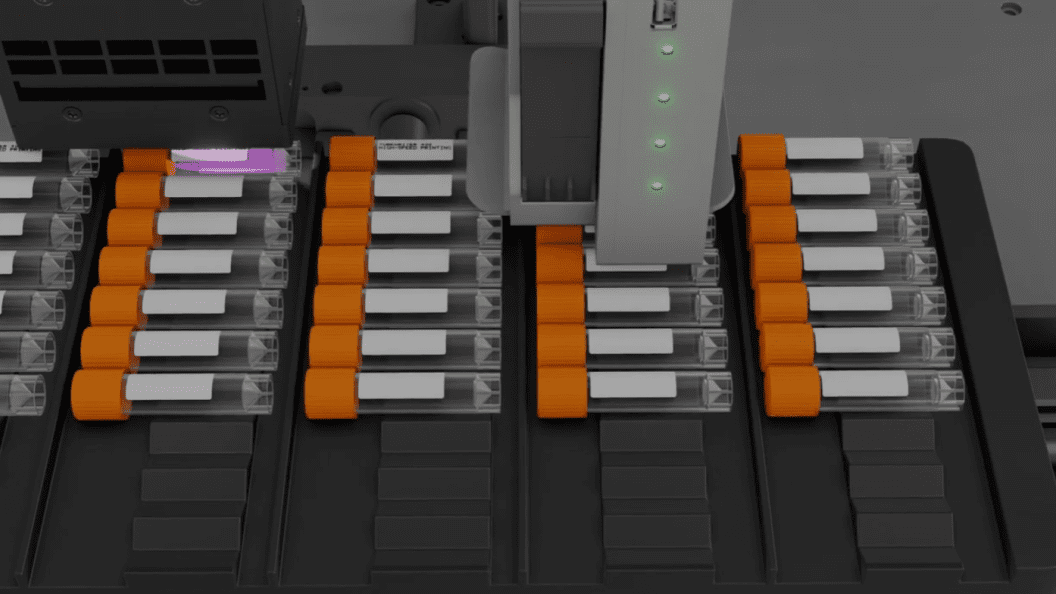Staff are the most expensive investments of any lab, so bringing the right people onboard, and developing them professionally within your organization, is crucial to a lab’s success. As increasing numbers of laboratory staff age out of the workforce and a growing demand for R&D, vacancies are appearing at a faster rate than new graduates can fill them. As such, labs are facing a number of challenges in attracting and retaining new talent and the job market is becoming increasingly competitive. In this article, we discuss some of these recruitment and retention challenges, and how they can be mitigated by increasing job satisfaction and providing opportunities for employee development.
Challenges in Recruiting and Retaining Lab Staff
Sourcing and Retaining Qualified Staff
Finding and training new talent is a difficult and lengthy process. It takes a significant expenditure of resources to recruit, hire, and onboard new employees. Once new hires are onboarded into your organization, training can take a long time too; it can take up to six months to train lab staff on certain testing methods. Due to the length of time required to skill up new hires on methods and processes, it is important that staff are retained for as long as possible to provide a return on investment. Labs all over the world have become accustomed to grappling with staffing shortages, with understaffing resulting in periods of high pressure and high workloads, which require incumbent staff to work additional shifts to cover work, and senior staff having to fill in gaps on the ground – while still juggling management responsibilities. Chronic shortages lead to employee burnout, and perceptions of inequality in how work responsibilities are distributed amongst staff.
Aging Workforce, High Competition for New Talent
Staffing shortages in lab roles are largely attributed to a large volume of professionals aging out of the workforce, a decline in the number of educational programs, and increasing competition for qualified personnel. Baby boomers are retiring in greater numbers, with a retirement rate amongst laboratory professions of 7-8% annually, without a sufficient number of new graduates to fill vacancies. With the number of vacancies outstripping the number of new graduates entering the workforce, many labs are feeling the squeeze as they struggle to retain valuable staff, and to replace those who choose to move on. From a 2016 survey, the expected five year retirement rate for seventeen identified lab departments was 19.4%, showcasing a significant shrinkage in the pool of qualified laboratory staff. These recruitment challenges are magnified for labs outside of urban centers where talent pools are smaller, with graduates generally opting for work in cities with more options and employers competing over pay.
Entry-level jobs especially tend to have higher rates of turnover, as these roles act as a stepping-stone for new entrants into the field to climb the career ladder. As well as this, some roles are becoming more complex in-line with technological advances, and work responsibilities are changing – making it hard to source talent that is the right fit for the role. As labs are having to contend with one another to offer new hires more competitive pay, margins are squeezed, and graduates are able to shop around to ensure they get the best deal.
Reduction in Number of Educational Programs
Furthermore, recent years have seen a decline in the number of accredited educational programs for lab professions. In a survey of program directors for lab science education, 41.2% of respondents indicated that the program director intended to retire within the next five years. Below the directorship level, 37% of professors on these programs also indicated an intention to retire. These numbers are symptomatic of a wider shrinkage of educational programs. For example, between the years 2000 and 2017, the number of total accredited programs for medical lab scientists and technicians decreased by 6.5%. With a long-term decline in the potential training and educational avenues for prospective students, a reduction in the number of qualified candidates for laboratory roles seems inevitable.
Laboratory Staff Retention
In a highly competitive and increasingly mobile job market, retaining valuable staff is becoming more difficult. Organizations now need to compete more fiercely on pay as well as cultural factors, such as providing a satisfactory work-life balance and inviting company culture. In a landscape of chronic staffing shortages, keeping employees satisfied has become a challenge. Working short-staffed has become the ‘new normal’, and increased workloads lead to employee churn, fatigue, burnout, and ultimately, increased turnover. Retaining staff, especially senior staff, is important for maintaining morale.
High levels of turnover are likely to affect productivity, absenteeism, and overall job satisfaction. Resignations are also likely to impact the quality and consistency of results and analysis – teams become unstable, with staff having to cover additional work, and spend time training new staff. Employees may become frustrated at having to navigate these challenges, and may perceive a misalignment between their idea of the role, and the realities of daily working life. Graduates may enter the profession due to a passion for scientific pursuits, and ultimately end up spending much of their time in the lab labeling test tubes. So how can lab managers navigate these challenges?
Mitigating Hiring and Retention Challenges
Staff Development
Investing in your staff is a way to demonstrate belief in their abilities, and a desire to help them along their journey of professional development. Allocating resources to educate and train employees, and thereby giving them more control over their own career paths, is crucial in improving job satisfaction, and ultimately, retention. Successful labs invest in their employees, providing enriching training and education, and increasing job variety and employee value through cross-training. Providing a clear path to professional development is important in adding value to roles for your new hires. Many lab support staff have met the minimum requirements to perform moderate to high complexity testing but lack the training or certification. By further educating and cross-training these staff, you are increasing their value as employees and showing an appreciation of their skillset.
Automation
Investing in developing your staff can be achieved in a number of ways – for example, procuring an automation system that can reduce the amount of time that staff have to spend on menial and tedious tasks during the course of experiments. TubeWriter 360, for example, automates the manual labeling of tubes and labware – labeling large volumes of tubes in a fraction of the time that it would take a human. Not only does this substantially increase your lab’s throughput volume, but improves quality of life for your highly-trained staff, and frees up their time to be used towards pursuing higher-value objectives, like conducting analyses or more specialized testing. Your employees are likely to prefer variety in their work, and ensuring that junior analysts are not performing the same tasks over and over helps to reduce churn as well as the incidence of strain injuries.
Similarly, when possible, ensure that senior analysts are able to spend time in the lab doing what they are passionate about, rather than simply performing quality checks and high-level administration. To reduce stress and avoid exceeding workload capacity, try to project when workloads are likely to peak, and which peaks cause the most strain. Increase your preparedness for these periods of increased strain by automating some of your processes to reduce the amount of time valuable staff have to spend on rote labor tasks, and simultaneously boost your processing capacity.
Automation can free up staff time at all levels of seniority, allowing for more time to be spent hands-on doing ‘real science.’ Furthermore, automation systems help to mitigate the impact of staff absences by boosting capacity – as they are able to perform tasks with little human intervention, meaning your processing capacity is impacted less in the case of an absence. In the case that staff choose to move on from your organization, make use of exit interviews to ensure that any churn issues are identified which can then be alleviated for future hires, and to get feedback which can be used to improve the role.
The New Normal: Adapting to Staffing Shortages and a Competitive Job Market
Lab managers are facing unprecedented challenges in terms of increasing demand, attracting new talent, and retaining valuable and knowledgeable staff. As the pool of lab workers shrinks with an aging population and declining numbers of educational programs, retaining staff is more important than ever. Providing development opportunities for staff is crucial in securing return on investment and providing a level of qualitative job satisfaction. Furthermore, bolstering your lab’s capacity staff with an automation system such as TubeWriter is an effective way to maintain throughput and improve quality of life for staff.






